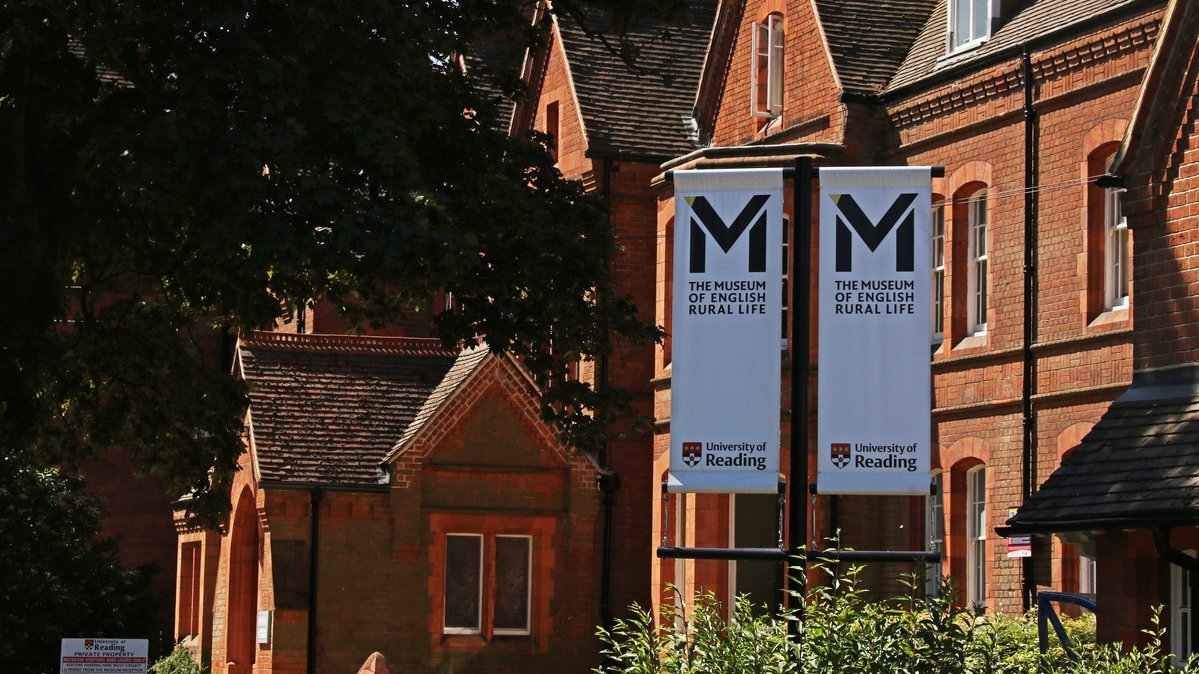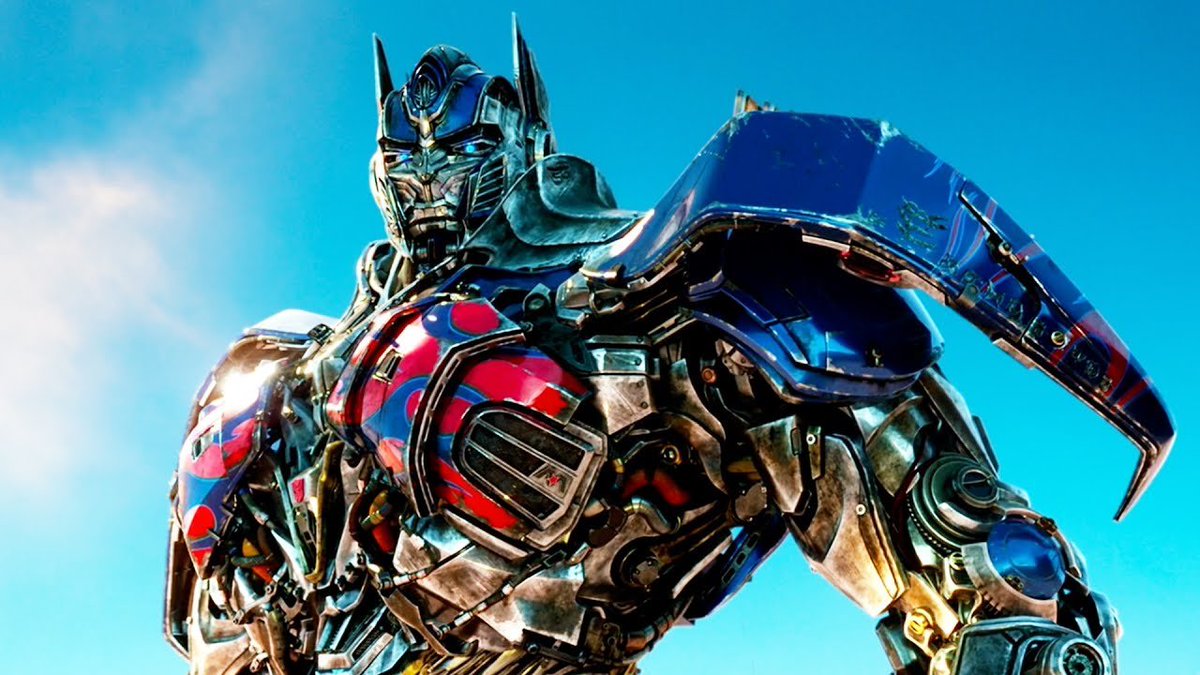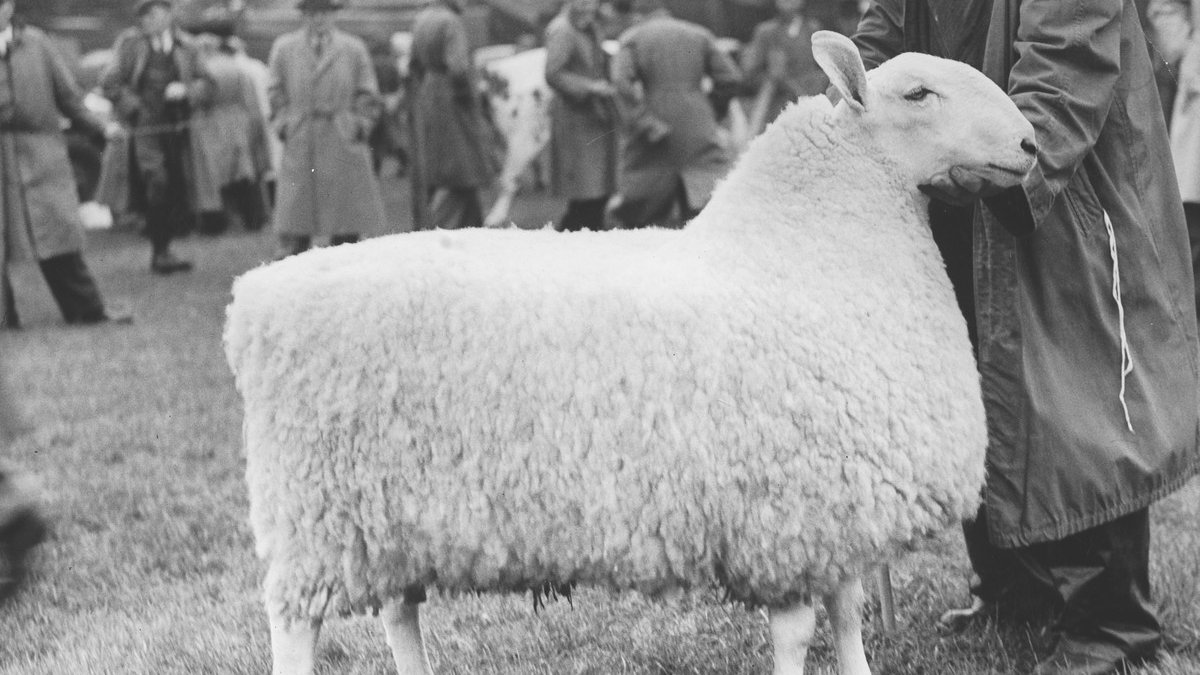
Friends! This week is #MuseumWeek, a celebration of museums and galleries across the world, with a different theme each day.
Today’s focus is on beginnings, so please join us for a journey back through time as we revisit the earliest, MERLiest days of our museum.
[thread]
Today’s focus is on beginnings, so please join us for a journey back through time as we revisit the earliest, MERLiest days of our museum.
[thread]

Our story begins in the late-1940s, with two potential museums trying to find support.
That's right: this is A Tale of Two Museums. And we're not joking when we say that the first of these two museums was named The MELT.
That's right: this is A Tale of Two Museums. And we're not joking when we say that the first of these two museums was named The MELT.
That's right: The MELT. The Museum of English Life and Traditions.
This was a concept developed by the Royal Anthropological Institute (@RoyalAnthro), in a committee featuring among other members the prominent folk enthusiast (and former explorer) Thomas Bagshawe (1901–1974).
This was a concept developed by the Royal Anthropological Institute (@RoyalAnthro), in a committee featuring among other members the prominent folk enthusiast (and former explorer) Thomas Bagshawe (1901–1974).
Bagshawe’s vision of The MELT was of a vast farm park, showcasing how English life varied from region to region.
Whilst the @FolkloreSociety and other great people were on board, The MELT never took off, depriving us of the greatest museum acronym of all time (to this day).
Whilst the @FolkloreSociety and other great people were on board, The MELT never took off, depriving us of the greatest museum acronym of all time (to this day).
Meanwhile: at the @UniofReading, our parent organisation, agricultural scholars were worrying that old country ways were becoming lost.
This came at a moment when the countryside was experiencing radical technological and social change, in the aftermath of the Second World War.
This came at a moment when the countryside was experiencing radical technological and social change, in the aftermath of the Second World War.
One of these academics, John Higgs, had visited museums like @Skansen and @frilandsmuseet and liked what he saw.
So, Higgs and colleagues suggested the University should begin collecting farm tools (even farm buildings) to record the ongoing changes to England's rural life.
So, Higgs and colleagues suggested the University should begin collecting farm tools (even farm buildings) to record the ongoing changes to England's rural life.
collecting farm buildings is a bit of a step up from Pokémon cards, which we think is what they mean when they say 'they don't make them like they used to'
nevertheless:
nevertheless:
Higgs sought space on the University's Whiteknights campus.
Unfortunately this wasn't viable. And instead he was given an old Victorian home, and the challenge of filling it up with rural objects.
This he did, fastidiously and brilliantly. And in 1951, The MERL was born.
Unfortunately this wasn't viable. And instead he was given an old Victorian home, and the challenge of filling it up with rural objects.
This he did, fastidiously and brilliantly. And in 1951, The MERL was born.
At that time, the University's Vice Chancellor, historian Frank Stenton, was keen on The MERL concept, but was unconvinced by the prospect of costumed interpreters.
So, whilst giving the go-ahead, he added a memo: ‘I hope we shall not make our people dress in smocks'.
So, whilst giving the go-ahead, he added a memo: ‘I hope we shall not make our people dress in smocks'.
Just three years after Stenton's memo, Godfrey Baseley (founder of @BBCTheArchers) came to The MERL to broadcast the museum to the nation on the BBC.
There was A LOT of dressing up: laundry maids, labourers, a rustic-looking pack carrier, and more!
There was A LOT of dressing up: laundry maids, labourers, a rustic-looking pack carrier, and more!
Even though the dream of The MELT never gained more solid form, Thomas Bagshawe did lots of great work for our museum in our formative years. This included helping to save the UK's earliest carrier's wagon (below), which still stands in The MERL today!
(MERL 53/7)
(MERL 53/7)

Since those days, The MERL has gone from strength to strength. We're seventy this year, celebrating with an anniversary exhibition, 51 Voices, which you can learn more about and explore on our website!
merl.reading.ac.uk/explore/online…
merl.reading.ac.uk/explore/online…
We've made a few changes since we first opened. But we stick to some of what the first guidebook said. We're still free, we're still exquisitely rural, and we still request that visitors 'PLEASE DO NOT SMOKE IN THE MUSEUM'.
we also ask visitors not to eat the exhibitions, but whether that made either our or Higgs' guidebook needs further rural investigation
literally salivating thinking about the immense opportunities of The MELT café's catering offer which is some achievement considering we are made of brick
https://twitter.com/greenleejw/status/1401896762894389253
• • •
Missing some Tweet in this thread? You can try to
force a refresh








